David Hawkins – Power vs. Force: The Hidden Determinants of Human Behavior
David Hawkins – Power vs Force The Hidden Determinants of Human Behavior.pdf
[1 eBook – PDF]
Description
Link: [url]http://www.amazon.com/gp/product/product-description/1561709336/ref=dp_proddesc_0?ie=UTF8&n=283155&s=books[/url]More related stuffs: DescriptionDavid R. Hawkins details how anyone may resolve the most crucial of all human dilemmas: how to instantly determine the truth or falsehood of any statement or supposed fact. Dr. Hawkins, who worked as a “healing psychiatrist” during his long and distinguished career, uses theoretical concepts from particle physics, nonlinear dynamics, and chaos theory to support his study of human behavior. This is a fascinating work that will intrigue readers from all walks of life!From the AuthorAll human endeavor has the common goal of understanding or influencing human experience. To this end, man has developed numerous descriptive and analytical disciplines: Morality, Philosophy, Psychology, and so on….Regardless what branch of inquiry one starts from-philosophy, political theory, theology-all avenues of investigation eventually converge at a common meeting point: the quest for an organized understanding of the nature of pure consciousness….To explain that which is simple can be difficult indeed. Much of this book is devoted to the process of making the simple obvious. If we can understand even one simple thing in depth, we will have greatly expanded our capacity for comprehending the nature of the universe and life itself. –This text refers to the Paperback edition.About the AuthorDavid R. Hawkins has practiced psychiatry since 1952 and is a life member of the American Psychiatric Association. A widely respected therapist and lecturer, his national television appearances include The MacNeil/Lehrer News Hour, The Barbara Walters Show, The Today Show; radio interviews include Oprah Radio. He has authored numerous scientific papers and videotapes, and co-authored the book Orthomolecular Psychiatry with Nobelist Linus Pauling. His diverse background as a researcher and teacher is noted in his biographical listing in Who’s Who in America.Dr. Hawkins currently divides his time between his practice, books in progress, and direction of The Institute for Advanced Theoretical Research in Sedona, Arizona. –This text refers to the Paperback edition.Excerpted from Power vs Force by David R. Hawkins, (c) 1995. Reprinted by permission, all rights reserved(From the Foreword)IMAGINE-what if you had access to a simple yes-or-no answer to any question you wished to ask? A demonstrably true answer…. Any question.Think about it.There’s the obvious: “Jane is seeing another guy.”(Y/N?) Johnny is telling the truth about school. (Y/N?) But it’s only a short step to: “This is a safe investment.” (Y/N?) or “This career is worthy of my pursuit.” (Y/N?)What if everyone had such access?Staggering implications suggest themselves immediately. Think again.What would happen to our ponderous and all-too-often flawed judicial system if there were a clear, confirmable answer to the proposition, “John Doe is guilty as charged.” (Y/N?)What would happen to politics as we know it if all of us could ask the question, “Candidate X honestly intends to fulfill this campaign promise.” (Y/N?)-and all of us got the same answer?And what would happen to advertising, period?You get the idea. But the idea gets bigger, fast. What happens to nationalism (Nation X is in fact an Evil Empire-Y/N?)? To government (This bill is in fact intended to protect the rights of citizens-Y/N?)?What happens to “The check is in the mail.”?If, as has been said, man learned to lie an hour after he learned to talk, then a phenomenon such as we are discussing would be the genesis of the most fundamental change in human knowledge since the beginning of society. The transformations it would wreak in fields from communications to ethics, in our most basic concepts, in every detail of daily existence, would be so profound that it is difficult even to conceive what life would be like in a subsequent new era of truth. The world as we know it would be irrevocably changed, to its very roots.The study of kinesiology first received scientific attention in the second half of this century, through the work of Dr. George Goodheart, who pioneered the specialty he called Applied Kinesiology after finding that benign physical stimuli-for instance, beneficial nutritional supplements-would increase the strength of certain indicator muscles, whereas inimical stimuli would cause those muscles to suddenly weaken. The implication was that at a level far below conceptual consciousness the body knew, and through muscle-testing was able to signal, what was good and bad for it. The classic example, cited later in this work, is a universally observed weakening of indicator muscles in the presence of a chemical sweetener; the same muscles strengthen in the presence of a healthful natural supplement.In the late seventies Dr. John Diamond refined this specialty into a new discipline he called Behavioral Kinesiology. Dr. Diamond’s startling discovery was that indicator muscles would strengthen or weaken in the presence of positive or negative emotional and intellectual stimuli as well as physical stimuli. A smile will make you test strong. The statement, “I hate you.” will make you test weak.”It takes two people to perform a kinesiological test. Choose a friend or a family member for testing. We’ll call him or her your subject.1. Have the subject stand erect, right arm relaxed at his side, left arm held out parallel to the floor, elbow straight. (You may use the other arm if you wish.)2. Face your subject and place your left hand on his right shoulder to steady him. Then place your right hand on the subject’s extended left arm just above the wrist.3. Tell the subject you are going to try to push his arm down as he resists with all his strength.4. Now push down on his arm fairly quickly, firmly and evenly. The idea is to push just hard enough to test the spring and bounce in the arm, not so hard that the muscle becomes fatigued. It is not a question of who is stronger, but of whether the muscle can lock the shoulder joint against the push.”Assuming there is no physical problem with the muscle and the subject is in a normal, relaxed state of mind, receiving no extraneous stimuli (for this reason it is important that the tester not smile or otherwise interact with the subject), the muscle will test strong-the arm will remain locked. If the test is repeated in the presence of a negative stimulus (for instance, artificial sweetener), although you are pushing down no harder than before, the muscle will not be able to resist the pressure and the subject’s arm will fall to his side.A striking aspect of Diamond’s research was the uniformity of response among his subjects. Diamond’s results were predictable, repeatable, universal. This was so even where no rational link existed between stimulus and response. For totally undetermined reasons, certain abstract symbols caused all subjects to test weak; others, the opposite. Some results were perplexing: certain pictures, with no overtly positive or negative content would cause all subjects to test weak, while other apparently neutral pictures caused all subjects to test strong. And some results were food for considerable surmise: whereas virtually all classical music and most pop music (including classic rock-and-roll) caused a universally strong response, the hard or metal rock that first gained popularity in the seventies produced a universally weak response.There was one other phenomenon which Diamond noted in passing, though devoting no deeper analysis to its extraordinary implications. Subjects listening to tapes of known deceits-Lyndon Johnson perpetrating the Tonkin Gulf hoax, Edward Kennedy stonewalling the Chappaquiddick incident-universally tested weak. While listening to recordings of demonstrably true statements, they universally tested strong. This was the starting point of the work of the author of this volume, the well-known psychiatrist and physician, David R. Hawkins, M.D., Ph.D. In 1975 Dr. Hawkins began research on the kinesiological response to truth and falsehood.It had already been indicated that test subjects did not need any conscious acquaintance with the substance (or issue) being tested. In double-blind studies and in mass demonstrations involving entire lecture audiences, subjects universally tested weak in response to unmarked envelopes containing artificial sweetener, and strong to identical placebo envelopes. The same naive response appeared in testing intellectual values.What seems to be at work in such occurrences is a form of communal consciousness, spiritus mundi, or as Hawkins calls it, following Jung, a “Database of Consciousness” The phenomenon seen so commonly in other social animals, whereby a fish swimming at one edge of a large school will turn instantaneously when its fellows a quarter mile away flee a predator, pertains in some subconscious way to our species, also. There are simply too many documented instances of individuals having intimate acquaintance with information experienced firsthand by remote strangers for us to deny that there are forms of shared knowledge other than those achieved by rational consciousness. Or perhaps, more simply, the same spark of inner subrational wisdom that can discriminate healthy from unhealthy can discriminate true from false.One highly suggestive element of this phenomenon is the binary nature of the response. Hawkins found that questions must be phrased so that the answer is very clearly yes or no, like a nerve synapse that is on or off, like the most basic cellular forms of knowledge, like so much of what our cutting-edge physicists tell us is the essential nature of universal energy. Is the human brain, at some primal level, a wondrous computer linked with a universal energy field, that knows far more than it knows it knows?Be that as it may. As Dr. Hawkins’ research continued, his most fertile discovery was a means of calibrating a scale of relative truth by which intellectual positions, statements or ideologies could be rated on a range of one to one thousand. One can ask, “This item (book, philosophy, teacher) calibrates at 200(Y/N?); at 250” (Y/N?) and so on, until the point of common weak response determines the calibration. The enormous implication of these calibrations was that for the first time in human history ideological validity could be assessed as an innate quality in any subject.Through twenty years of similar calibrations, Hawkins was able to analyze the full spectrum of the levels of human consciousness, developing a fascinating map of the geography of man’s experience. This Anatomy of Consciousness produces a profile of the entire human condition, allowing a comprehensive analysis of the emotional and spiritual development of individuals, societies, and the race in general. So profound and far-reaching a view provides not only a new understanding of man’s journey in the universe, but also a guide to all of us as to where we and our neighbors are on the ladder of spiritual enlightenment and on our own personal journeys to become who we could be.In this volume Dr. Hawkins brings these fruits of decades of research and insight into the penetrating illumination of revolutionary discoveries in advanced particle physics and nonlinear dynamics. For the first time in our Western intellectual record, he shows, the cold light of science is confirming what mystics and saints have always said about the self, God, and the very nature of reality. This vision of being, essence, and divinity presents a picture of man’s relation to the universe that is unique in its capacity to satisfy both soul and reason. There is a rich intellectual and spiritual harvest here, much that you can take, and much more that you can give yourself.Turn the page. The future starts now. –This text refers to the Paperback edition.
You must be logged in to post a review.

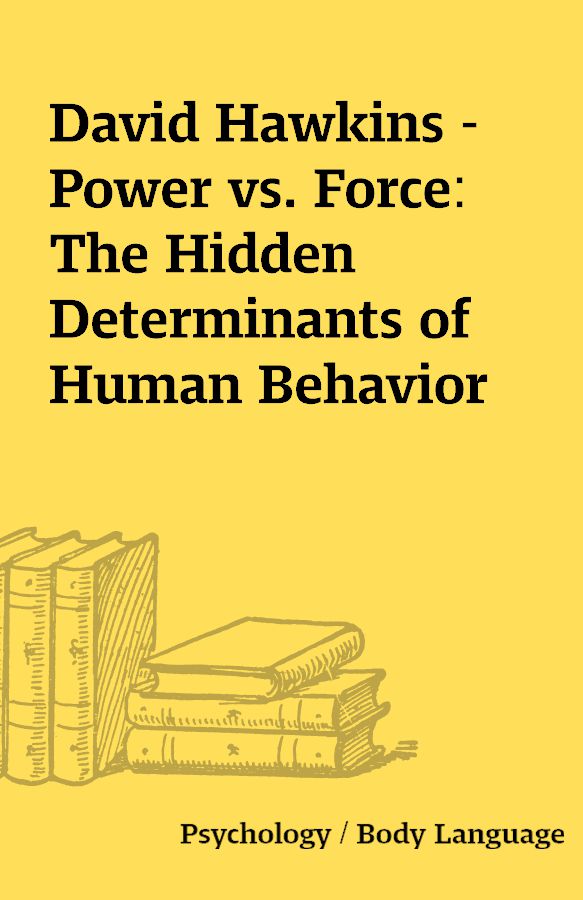
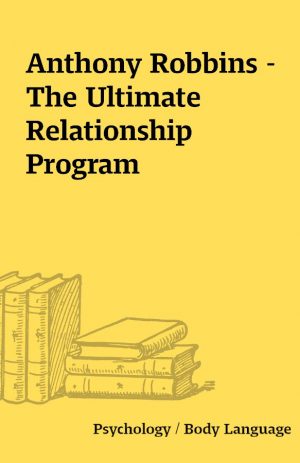
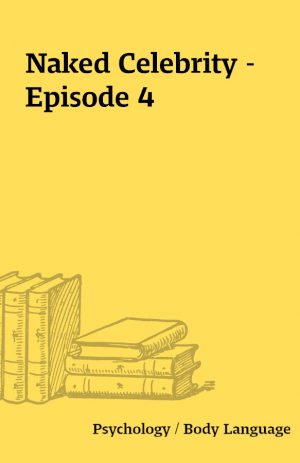
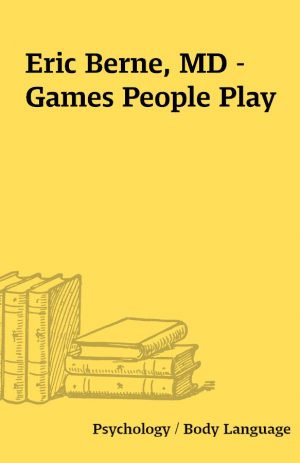
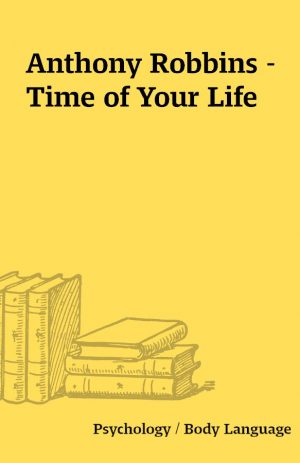
Reviews
There are no reviews yet.